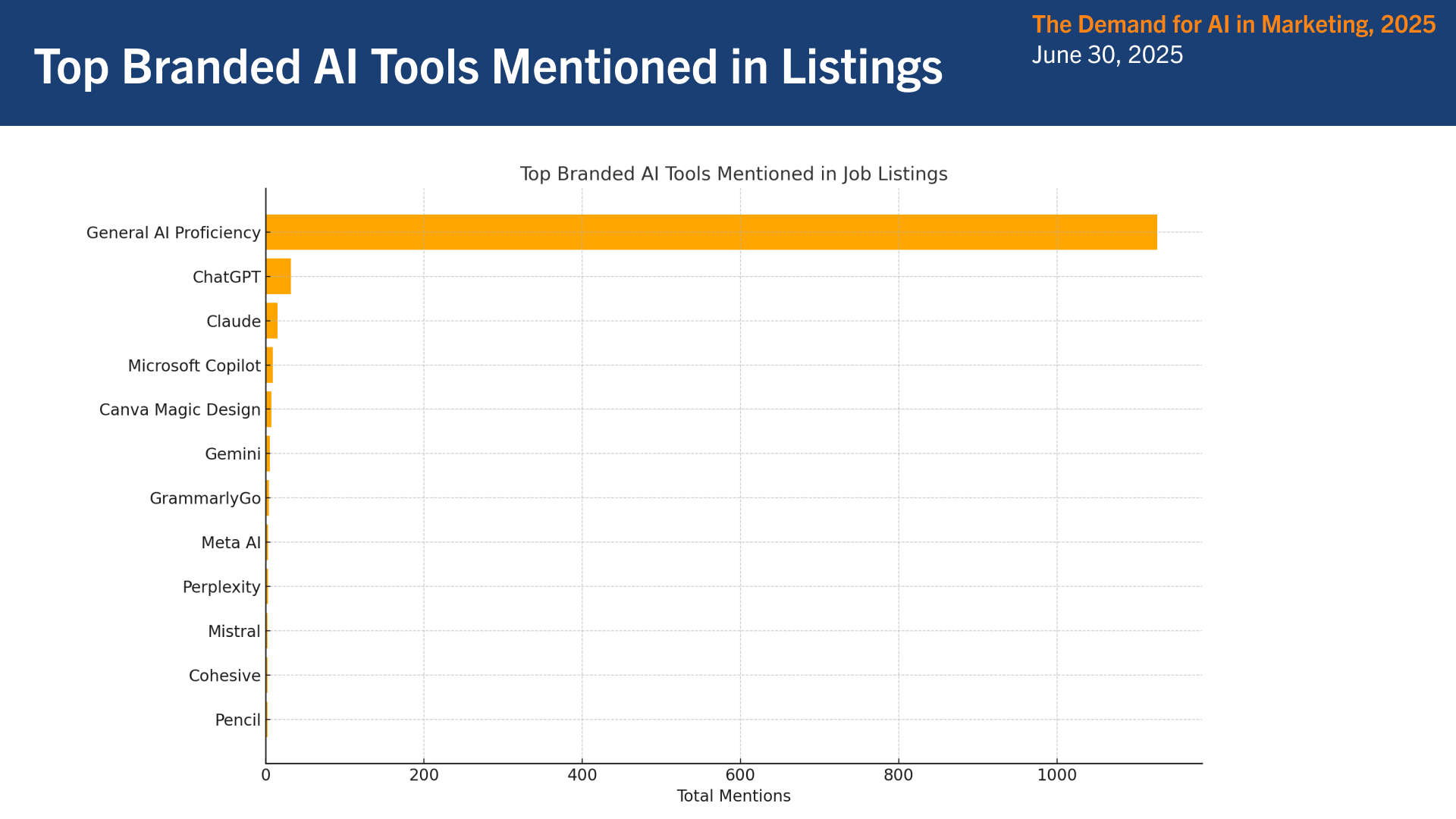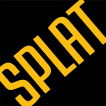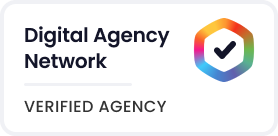The Cart Before the Horse?
I gave a webinar last week, which was created out of curiosity. Here’s what was going on in my mind.
Amidst the relentless 24-hour hype machine which is AI these days, I wanted to explore if the expectations from industry were keeping up with the buzz on LinkedIn and the press. Folks (like me) and the press can’t shut up in their fervor to promote tools that write, design, ideate, plan, predict, and scale—instantly.
If you believe the hype, agencies are streamlining and in-house teams are flexing more muscle. And LinkedIn feeds are flooded with demos and workflows for all the darlings of AI.
In all this noise, though, a different question emerged as I began building out a recent webinar:
Are companies even ready for this transformation?
And, more specifically: Are they hiring for it?
Before I could tackle the big, buzzy question which was supposed to be the central questions of the webinar: —Are agencies becoming less relevant thanks to AI?—I needed to check a more foundational assumption.
Are in-house teams even using AI tools in the first place? Or more tellingly: Are companies expecting them to?
A Look at AI Adoption in Marketing Job Listings (2025)
Over the course of a few days, I analyzed more than 5,000 marketing job listings across four distinct industry verticals:
- Legal
- AEC & Real Estate (Architecture, Engineering, Construction)
- Financial Services & Accounting
- Tech & SaaS
I wanted to see whether these industries are preparing their internal marketing departments to work with AI tools—or whether AI remains a buzzword at the top and a blank space at the bottom.
To do that, I examined both explicit tool mentions (like “ChatGPT,” “Copy.ai,” or “Canva Magic”) and general AI literacy asks (such as “familiarity with generative tools”).
Methodology: What I Looked At and Why
- I reviewed public job postings between Q2 and Q3 2025 across LinkedIn and BuiltIn, filtering for entry-level to senior-level marketing roles. LinkedIn was used for all verticals except for Tech/Saas. BuiltIn was used for these last jobs, as it tends to feature a greater preponderance of tech jobs.
- I excluded VP, CMO, and executive roles. My assumption was that the expectations for entry to reasonably senior, execution-oriented, roles would be higher.
- The tech/SaaS segment was intended as a sort of control. I speculated (correctly) that adoption would be very high in these verticals and I wanted to compare them to professional services and real estate marketing.
- Mentions of AI were tracked using both specific tool names and general AI language, sourced from a prebuilt tool dictionary.

The Results: Big Talk, Small Print
The results were revealing:

In short: AI marketing isn’t being prioritized in traditional industries (yet.) Even generic phrases like “AI proficiency” or “familiarity with generative tools” are scarce.
And tool-specific requests? Especially so.
 What Does This Tells Us About In-House Readiness?
What Does This Tells Us About In-House Readiness?
If your team isn’t hiring for it, they’re not preparing for it.
In many traditional organizations, AI marketing isn’t on the radar yet. So, questions like “Can our in-house team replace an outside agency?” is really premature to ask.
While tech companies have clearly begun the shift, law firms, architecture firms, accountants, and financial advisors are still marketing like it’s 2018.
Why It Matters for Agencies and In-House Teams Alike
There’s a growing narrative that in-house teams may soon stop relying on agencies. The rise of “one-person marketing machines” powered by AI tools is real.
But the tools don’t run themselves. The marketer’s skill still matters.
My findings suggest:
- Most firms aren’t hiring for AI use—yet.
- In-house marketers often lack design, writing, or analytics depth.
- Tools like Canva or Jasper might be available, but often go underused or misused.
What Agencies Can Learn (and Offer) from This
Agencies should not fear this shift. They should lead it.
Here’s what that might look like:
- Train your clients. Offer AI onboarding sessions. Help set up internal workflows. Be the enabler.
- Stay upstream. Strategic consulting, brand development, and large-scale campaigns still require seasoned expertise.
- Own the hard stuff. PPC, technical SEO, content engineering—these are areas where in-house teams often don’t have the bandwidth or specialization.
Looking Ahead: What the Next Post Will Cover
This post focused on readiness—the gap between tools and talent.
In a future post, we’ll explore what internal teams can actually do with tools like Canva Magic Studio, Copy.ai, Perplexity and, of course, ChatGPT.
You’ll see:
What use cases are realistic
Where in-house teams shine
Where agencies still dominate
Spoiler: execution is changing—but strategy still rules.
Final Thought: Are You Hiring for the Future?
AI isn’t just a tech upgrade—it will eventually transform the way both in-house teams and agencies practice the art of marketing. (And, I fear, will thin out the ranks of the industry.)
No amount of tool demos today, though, will matter if companies aren’t hiring for those same tools.
So here’s a question for you:
Have you looked at your job descriptions lately?
If you’d like help evaluating where your team should go next—or how to structure your internal and external resources—let’s talk.



 AI and SEO: Anticipating the Content Tsunami
AI and SEO: Anticipating the Content Tsunami


